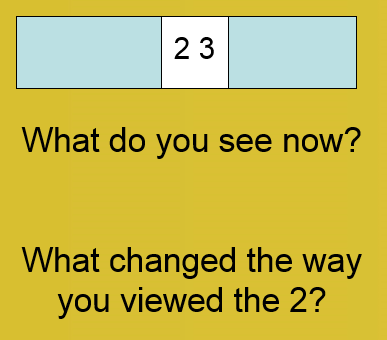-The first activity below is the 3-2-1 Bridge activity. It causes students to compare their thinking and see the effect of the new information they are taking in to their new understanding of the topic.
Here is an example of how it looks in my class, second grade:
-In the CSI activity students are asked to think abstractly about a text. This has really helped in my room helping me to see which students are thinking on deeper levels and making more meaningful connections.
Here is an example of CSI in second grade:
-The Zoom-Out activity is extremely popular with my students. You can take an image or in math, like in the example below, numbers and cut out the rest of the picture. Question in the beginning and then reveal more of the pictures and see how students realize that things change when you look at the whole picture. How circumstances can effect how you respond to pieces of the image.
-We've all heard of KWL. I have used it for years but felt that it could definitely been better. They figured it out before I did. The new model is See-Think-Wonder. Below is an example of using a picture from our reading story to gain information about the story using the See-Think-Wonder model.
One thing the book really hit on for me on a personal teaching level is self-examination. Before beginning any of these activities, Making Thinking Visible suggests analyzing yourself in your classroom culture. The MYST Challenge is a great visual that helped me see short falls in my own classroom. I was expecting my students to come in thinking on a deeper level without ever modeling how this works or looks. Since working on deepening my understanding of thinking, my students have been able to think on deeper levels as well. I attribute this to no longer shuffling through the dark, I have been able to turn on a light for them, that some of them didn't even know they had.








